Digital Equity: It’s More Than Just Student Access

Digital equity is one of the most complex and urgent issues facing 21st-century educators. It’s an economic concern, as schools consider how they can ensure equal access for all. And it raises questions about gender and race: How can schools inspire more girls and students of color to pursue STEM? Creating authentic learning opportunities to equip a diverse body of students to identify and solve the world’s problems will require risk and change. Many educators are looking beneath the surface inequities of devices and connectivity to consider how digital tools can revolutionize learning and address even deeper inequities.
DEFINING EQUITY: EMPATHY, AUTHENTICITY, AND ACCESS

“Equity is empathy in action,” says Dr. Angelina Walker, principal of John H. Amesse Elementary at Denver Public Schools. Living digital equity involves thinking of each child and their individual and communal needs and actively seeking to provide access, resources, opportunity, standards, and support to all children, “especially groups that are and have been historically marginalized.”
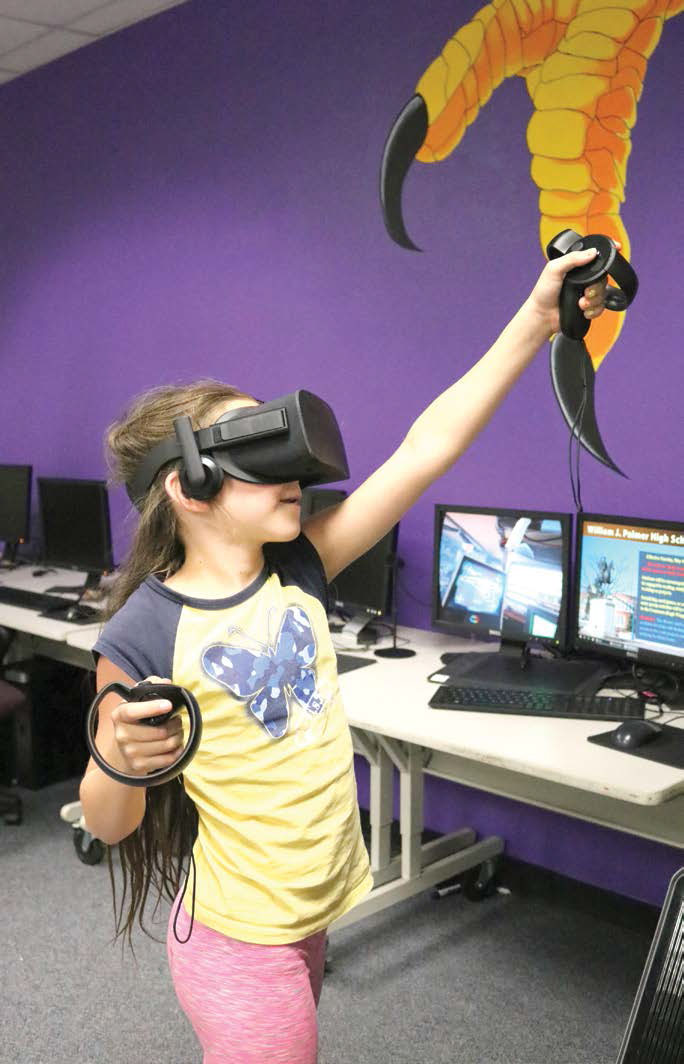
Although we often talk about digital equity in terms of trying to fill deficits, says Sean Wybrant, digital media studies teacher at William J. Palmer High School in Colorado Springs, his approach is also personalized and relational. “Equity is making sure every kid gets what they need to pursue their goals and be part of creating their future with authentic, meaningful projects.” And it’s essential that a diverse body of students learn to think critically, because they all see and experience different challenges. Wybrant cites the North Dakota Access Pipeline as an example. “The people who had the problem didn’t have access to solve it.”
- Closing the Achievement Gap: The Road from Recovery to Restart
- Remote Learning and Digital Equity: Best Practices
- Remote Learning and Digital Equity: Challenges and Opportunities
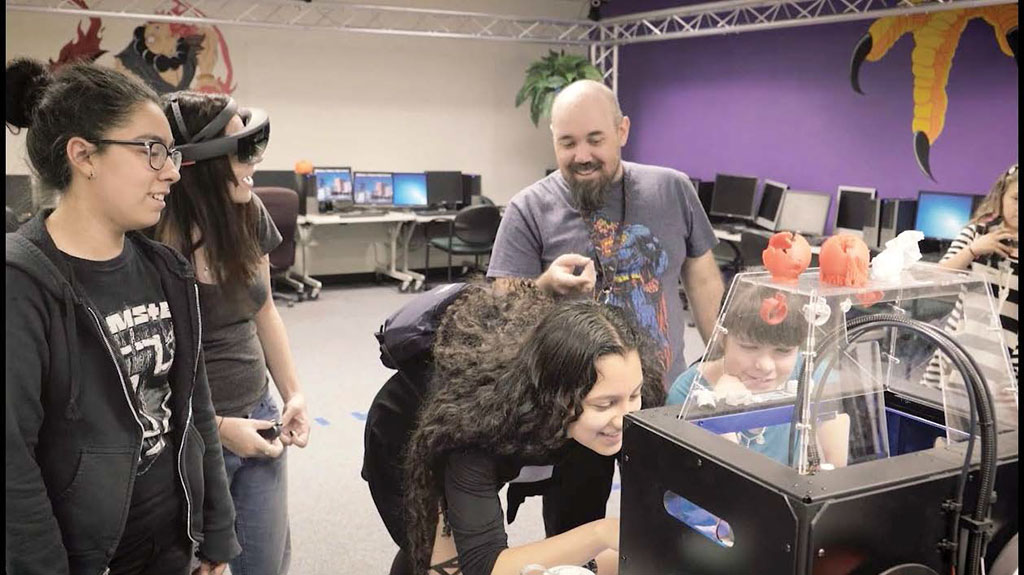
Another aspect of inequity and access can be seen in the consequences of restrictive technology use agreements and imposing technology fees in schools with high free and reduced lunch populations, says Jeffrey McMahon, STEAM teacher leader at John H. Amesse Elementary. He likens these practices to taking away students’ encyclopedias, through which they find knowledge and begin to make choices that will lead to advocacy for others and for themselves. In the same way, he says, confiscating devices as punishment amounts to the same thing as taking away paper, pencils, textbooks—basic, essential tools for learning. In contrast, McMahon has witnessed students struggling with difficult circumstances transformed by opportunities to succeed in a STEAM lab setting where they’re given access to tools, the freedom to create, and guidance and support in using technology.

REDRESSING INEQUITY: BEYOND CODING
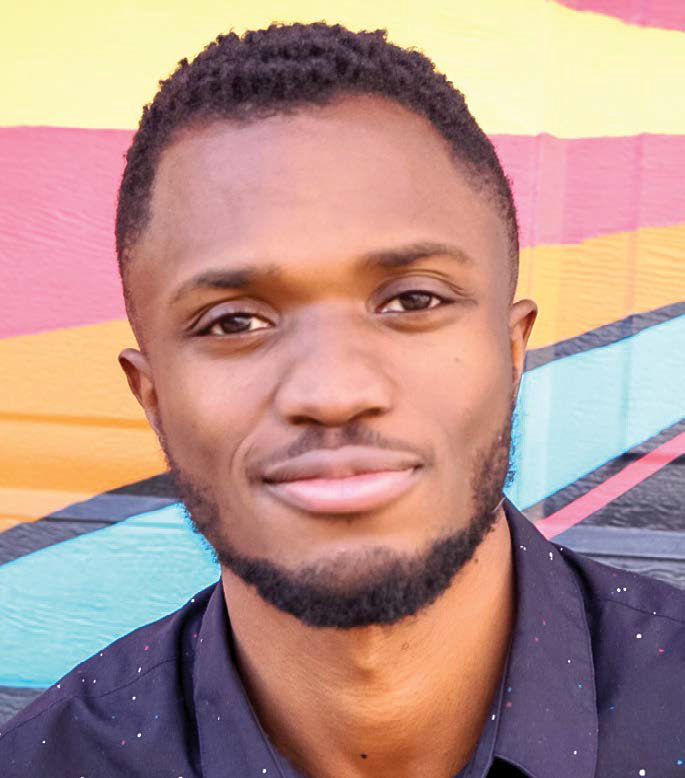
“Digital inequity is the thoughtful and intentional result of many interlocking systems of oppression. Treating it as an intentional act and not a foregone byproduct acknowledges the inequitable history from which it arises and the many tangible ways it can be reversed,” says Wisdom Amouzou, co-founder and executive director of Empower Community High School in Aurora, Colorado.
Tools and ideas to transform education. Sign up below.
Wybrant and Amouzou are both concerned that “teaching coding to all” is sometimes seen as the soundbite solution to deep-seated systemic issues. The digital divide will not be bridged simply by coding but “by young leaders who have been educated to transform their reality” says Amouzou. “Equity is not that everyone knows how to write a loop but that they understand why it matters and how a loop can help people,” says Wybrant.
“Increasing digital access without transforming the fundamental systems at play will lead to the same social structures and inequities,” says Amouzou. “We might see more students of color and low-income students (increasingly white) on computers, but will they still be at the bottom of the totem pole?”
This transformation involves integration and collaboration. “Digital equity is about so much more than the device—it’s about how they’re using the tool,” say Jessica Martin and Meredith Stolte, co-founders of Colorado’s Aurora Community School, as they “learn to integrate content, innovation, technology, and life skills.” While many “students and families have access to digital tools for internet searches and solitary activities,” the role of the 21st-century educator is “to help students learn how to use the tools they have in new and collaborative ways.”
CONNECTION AND CO-CREATION ARE KEY
“To inspire more students of color to pursue STEM, we have to redefine what excellent STEM instruction and curriculum look like,” says Amouzou. Instead of lectures and labs that are disconnected from everyday reality, students need to “remix the content they’ve internalized” to create solutions for real people. This remixing, Wybrant says, involves developing an understanding of what problems can and cannot be solved with technology, learning how to source the necessary tools and work on a team, and discerning scope and scale.
New models of learning, Amouzou says, need to be co-created by educators “with the students and communities they serve.” It’s nuanced, time-intensive work, and requires that, as Wybrant says, “more people engage in better conversations.”
Finding solutions also requires listening to communities and learners, says Walker. She began to dialogue, brainstorm, and research with students last year about an underutilized space in the school. And now they have a STEAM lab, “a space where every learner and adult can play, build, and dream.” And in these spaces, instead of being told how they’re doing, says McMahon, the students’ “self-reflection, personal goal-setting, and self-awareness are the driving forces.”
REPRESENTATION: SEEING PEOPLE LIKE ME SUCCEEDING IN STEM
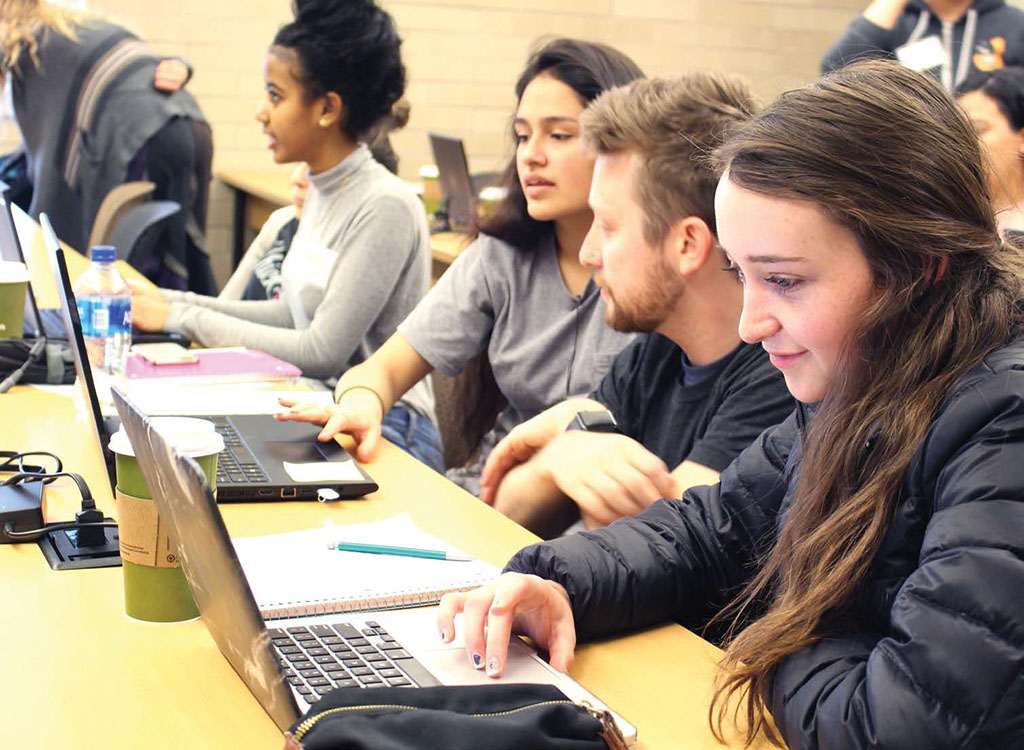
It’s critical, says McMahon, to make connections within the STEAM community and show students that people who represent them can be successful in STEAM fields. “Children need to see others, who look like them, doing work in the field,” and have opportunities to learn alongside them to solve problems they see in the world around them, say Martin and Stolte. At Aurora Community School this year, for example, “middle-school students will work alongside experts from the Youth Empowerment Broadcasting Organization (YEBO) to learn how to use media arts to uplift their unique identities and social justice causes.”

Melissa Schwass, ChickTech Denver’s High School Program Director, says that the more different voices there are at the table, bringing distinctive approaches to troubleshooting and problem solving, the more richly and rapidly technology will develop to address the issues we face. For ChickTech, that means intentionally targeting a diverse demographic for participation in their year-long program of workshops and activities. Schwass says that engaging women and girls in technology requires an emphasis on creativity, design, and thinking outside the box in addition to building relationships with peers and mentors. “Girls are excited when they see tech isn’t just about sitting behind a desk,” Schwass says. As girls who built robots, LED bracelets and tote bags, mobile apps, and websites said, “This is so much cooler than we thought.”

While women hold the majority of college degrees, Schwass says, they have less than 30 percent representation in STEM jobs and more than double the turnover of men. The Denver chapter is one of 22 across North America, and they’re currently accepting nominations from schools and non-profits for the 2018–19 school year.
THE PERMEABLE CLASSROOM: PROJECTS TO CHANGE THE WORLD
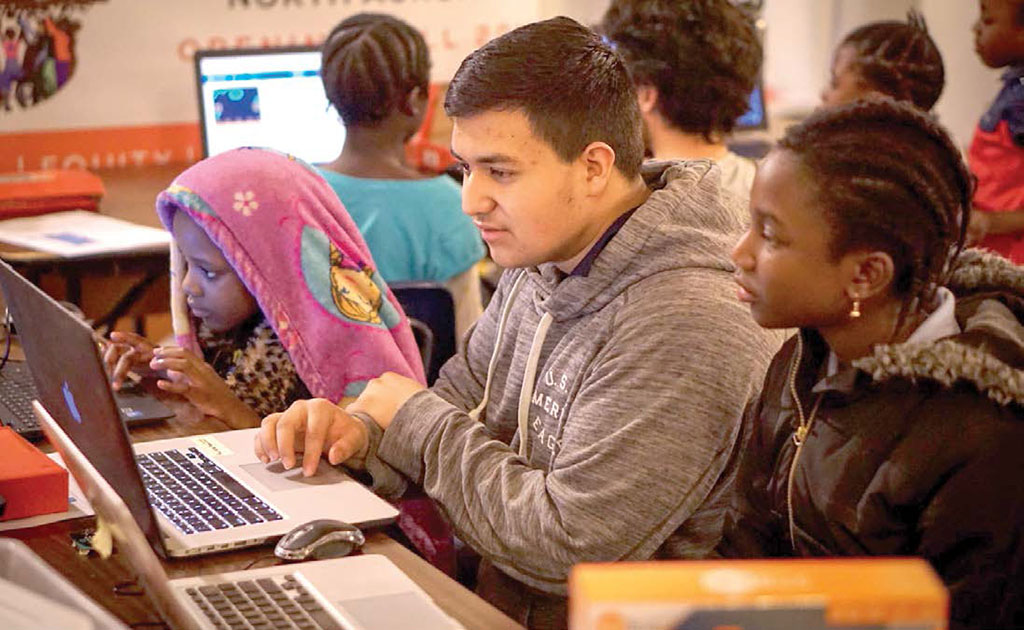
HackSchool launched at STRIVE Prep – Excel in Denver in 2015 through a Kickstarter to provide students of color with more access to STEM opportunities. With access to a makerspace and tools like a 3D printer and laser cutter, students have identified needs and created projects including a quadcopter to deliver food to people without easy access to nutritious food and models to help students at a school for the blind in India learn about concepts that traditionally rely on diagrams in textbooks (e.g., the human heart and the atom). Through these and other projects responding to real needs, HackSchool students have honed their knowledge of science and math in addition to developing skills like perseverance and teamwork.
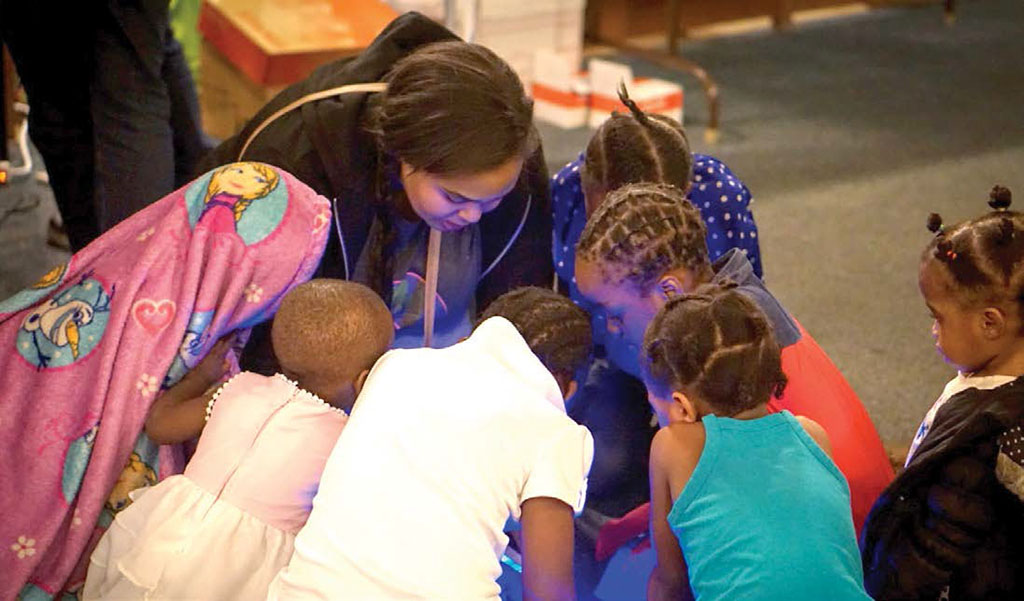
“Every student has a problem they want to solve,” says Wybrant, and he’s gathered an impressive array of tools to help them do this. In addition to designing games requested by local teachers—for example, to teach the water cycle and help students learn fractions—Wybrant’s students have worked on projects including an AR periodic table, a VR presidential museum using assets from the Smithsonian, and a VR escape room with an art history focus. This year they’re working on a VR model of wrecks off Saipan Island in the western Pacific. Alongside the technology component, this project incorporates history, process-pedagogy, and community building. His students are creating videos documenting their work to share with students on the island. There’s a digital equity strand too, Wybrant explains, as this project will enable those who cannot visit the sites to experience them.

One of his students “was born with a mouse and keyboard,” Wybrant says, and equity for him meant access to sophisticated resources so he could continue to grow. While he didn’t need instruction, he benefitted from coaching in project management skills.
“Great solutions grow organically,” Wybrant says, and he attributes the success of his students’ projects to the fact that they were co-created out of authentic needs. There’s no magic-bullet tool or one-size-fits-all approach. While Wybrant acknowledges the irony that setting up a quarter-of-a-million-dollar lab creates inequity with the school down the street that doesn’t have this equipment, he says that with online resources the hardware isn’t always necessary. Above all, “We need teachers who are ready for this, to help all students learn to find what they need to pursue the projects they’re passionate about.”
RECLAIMING THE POWER OF VOICES
A group of high-school seniors in Denver who wanted to reclaim the power of voices launched the nation’s first student-led writing center. With help from a trusted educator, they use social justice events happening in the community to create authentic writing and performing opportunities for themselves, their peers, and their families. Third graders write alongside seventh graders, high schoolers, and even college freshmen—true intergenerational learning. In this learning environment on a Friday evening, an activist, a pastor, an educator, an organizer, and a chess master guide youth through an essential question for a writing workshop. That’s the genius of the writing center. Learning that’s led by students and guided by educators.
Christiana Rodriguez, a student at the Street Knowledge Center at Manual High School, wanted to challenge racial microaggressions she was experiencing in a concurrent enrollment course. Using a CCSS-aligned rubric made in collaboration with the center co-director Olivia Jones, she crafted a powerful blog post to examine and analyze her experience on a national scale, making connections to other forms of racism in America. After publishing her work, she was invited to speak in an Intro to Education course at the University of Colorado at Boulder.
“We used the blog post for PD for teachers from two different districts,” says Rebecca Kaplan, instructor at CU Boulder. “I love seeing teachers grappling with the tough reality the student author was exposing about racism in teachers’ expectations.” The post is now on the syllabus for an Intro to Education course.
—Wisdom Amouzou
